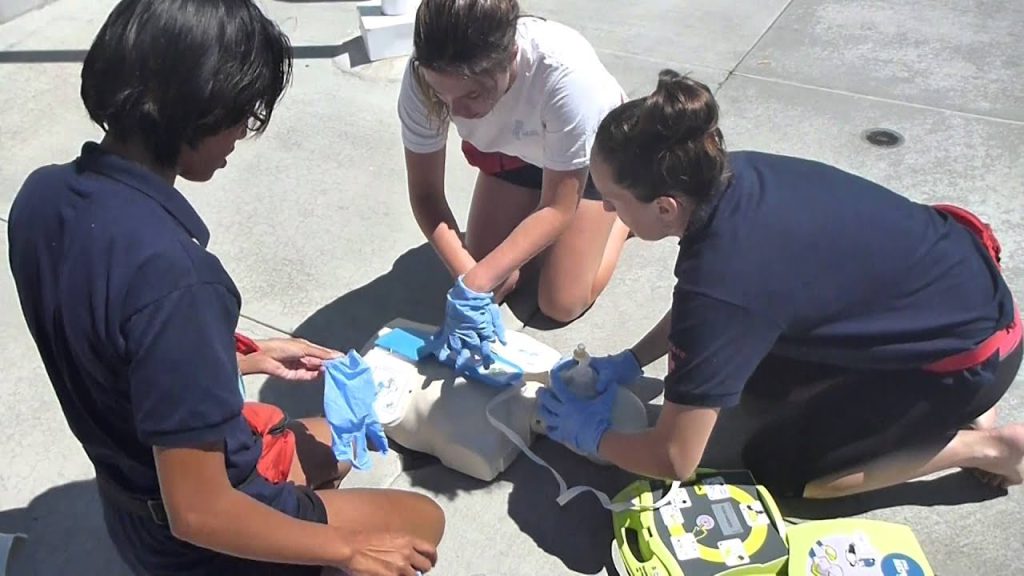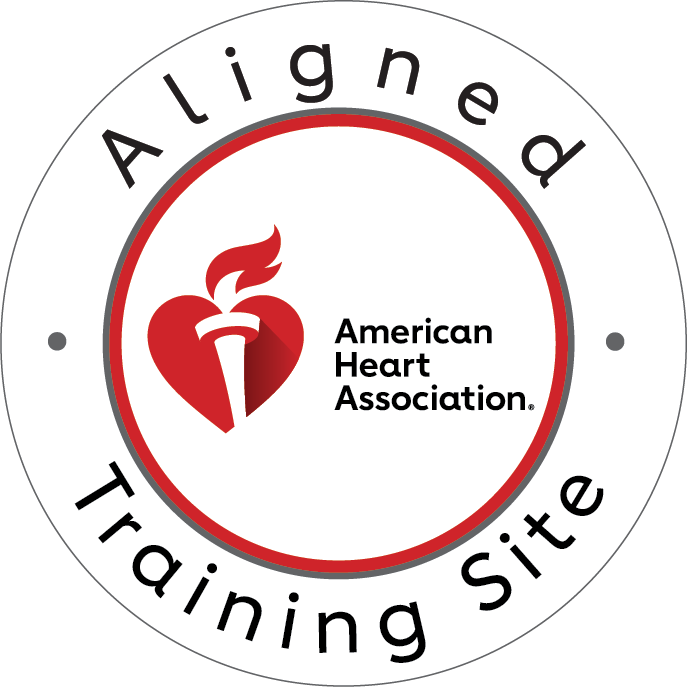When cardiac arrest strikes, every second counts. The difference between life and death often depends on how well a resuscitation team functions together. At the heart of this life-saving orchestra stands the team leader—a pivotal figure whose role extends far beyond medical expertise to encompass coordination, communication, and critical decision-making.
Understanding the resuscitation triangle roles and their interconnected functions is essential for healthcare providers who want to deliver optimal patient care during emergencies. This comprehensive guide explores the team leader’s crucial position within the resuscitation framework and examines how effective leadership directly impacts patient outcomes.
Understanding the Resuscitation Triangle Framework
The resuscitation triangle represents a systematic approach to emergency cardiac care that emphasizes teamwork, role clarity, and efficient resource utilization. This framework recognizes that successful resuscitation requires more than individual clinical skills—it demands seamless collaboration among team members who understand their specific responsibilities.
Within this triangle, each role complements the others, creating a synergistic effect that maximizes the chances of patient survival. The structure ensures that critical tasks are performed simultaneously rather than sequentially, dramatically reducing response times and improving overall effectiveness.
Modern resuscitation protocols have evolved from individual-centered approaches to team-based methodologies because research consistently demonstrates superior outcomes when healthcare providers work as coordinated units. The resuscitation triangle roles provide this essential framework for organized, efficient emergency response.
The Three Critical Roles in Resuscitation
Team Leader: The Central Coordinator
The team leader serves as the central nervous system of the resuscitation effort. This individual maintains situational awareness, makes critical decisions about treatment protocols, and ensures that all team members are performing their assigned tasks effectively. The team leader must possess strong clinical knowledge while simultaneously managing team dynamics and communication flow.
Effective team leaders demonstrate several key characteristics: they maintain calm under pressure, communicate clearly and concisely, delegate appropriately, and remain flexible enough to adapt their approach as situations evolve. They also serve as the primary decision-makers regarding medication administration, advanced interventions, and when to discontinue resuscitation efforts.
Primary Rescuer: The Hands-On Provider
The primary rescuer focuses on direct patient care, particularly chest compressions and airway management. This role requires exceptional technical skills and physical endurance, as high-quality CPR demands consistent, forceful compressions that can be physically demanding over extended periods.
This team member must be prepared to perform continuous chest compressions, manage basic airway interventions, and assist with advanced procedures as directed by the team leader. The primary rescuer’s performance directly impacts blood flow and oxygenation, making this role critical to patient survival.
Support Personnel: The Resource Managers
Support personnel handle medication preparation, equipment management, documentation, and communication with external teams or family members. These individuals ensure that the team leader and primary rescuer can focus on their core responsibilities without interruption.
Support roles often include managing defibrillation equipment, preparing and administering medications as ordered, maintaining accurate records of interventions and patient responses, and coordinating with additional resources such as intensive care units or cardiac catheterization laboratories.
The Medication Role in the Resuscitation Triangle
Medication management represents one of the most complex aspects of resuscitation, requiring precise timing, accurate dosing, and careful monitoring of patient responses. Within the resuscitation triangle roles, medication responsibilities are typically distributed among team members to ensure both accuracy and efficiency.
The team leader maintains overall responsibility for medication decisions, determining which drugs to administer based on patient presentation, underlying rhythms, and response to initial interventions. Common resuscitation medications include epinephrine for cardiac arrest, amiodarone for ventricular arrhythmias, and atropine for bradycardia.
Support personnel typically prepare and administer medications under the team leader’s direction. This division of labor allows the team leader to maintain situational awareness while ensuring that medications are prepared correctly and administered safely. Proper medication management requires clear communication, standardized preparation protocols, and systematic documentation.
Advanced cardiac life support protocols provide specific guidelines for medication timing and dosing, but the team leader must adapt these recommendations based on individual patient factors and clinical responses. This requires a deep understanding of pharmacology, contraindications, and potential drug interactions.
Team Leader’s Role in Enhancing Team Effectiveness
The team leader’s influence on overall team effectiveness extends far beyond clinical decision-making. Research demonstrates that leadership quality directly correlates with improved patient outcomes, reduced medical errors, and enhanced team satisfaction during high-stress situations.
Effective team leaders establish clear communication patterns from the moment they assume control. They use closed-loop communication, ensuring that instructions are received, understood, and executed correctly. This communication style reduces misunderstandings and prevents critical errors during time-sensitive procedures.
Team leaders also manage cognitive load distribution, ensuring that no single team member becomes overwhelmed while others remain underutilized. They recognize when team members need breaks, when additional resources are required, and when role assignments should be modified based on changing circumstances.
Furthermore, successful team leaders create psychological safety within their teams. They encourage questions, acknowledge contributions, and maintain respectful interactions even during high-pressure situations. This environment promotes better decision-making and reduces the likelihood of preventable errors.
Measuring Resuscitation Team Effectiveness
Recent studies indicate that well-coordinated resuscitation teams can improve survival rates by 15-30% compared to unstructured approaches. These improvements stem from reduced time to critical interventions, better quality chest compressions, and more appropriate medication management.
Team effectiveness is measured through several key metrics: time to first chest compression, compression fraction (percentage of time compressions are performed), defibrillation timing, and overall survival to hospital discharge. Teams with clearly defined resuscitation triangle roles consistently outperform those without structured approaches.
Quality improvement initiatives in many healthcare systems now focus on team training rather than individual skill development alone. Simulation-based training that emphasizes role clarity, communication, and leadership development has shown remarkable success in improving real-world outcomes.
The most effective teams also engage in regular debriefing sessions, analyzing their performance and identifying opportunities for improvement. This continuous learning approach helps teams refine their coordination and address systemic issues that might impact future resuscitation efforts.
Building Excellence in Resuscitation Leadership
Developing effective team leadership skills requires dedicated training, practice, and ongoing education. Healthcare providers must learn to balance clinical expertise with communication skills, decision-making abilities, and team management capabilities.
Simulation training provides invaluable opportunities to practice leadership skills in controlled environments where mistakes become learning opportunities rather than patient safety issues. These exercises help potential team leaders develop confidence, refine their communication techniques, and learn to manage complex scenarios effectively.
Continuing education in advanced cardiac life support, pediatric advanced life support, and other specialized protocols ensures that team leaders maintain current knowledge of evidence-based practices. However, technical knowledge alone is insufficient—leaders must also develop emotional intelligence, stress management skills, and the ability to inspire confidence in their team members.
Conclusion: The Path to Resuscitation Excellence
The team leader’s role in orchestrating effective resuscitation cannot be overstated. By understanding and implementing the resuscitation triangle roles, healthcare providers can dramatically improve their ability to save lives during cardiac emergencies. Success requires not only individual competence but also the ability to coordinate complex teams under extreme pressure.
The most effective resuscitation teams recognize that leadership is both an art and a science, requiring continuous development and refinement. Through proper training, regular practice, and commitment to excellence, healthcare providers can master these critical skills and make a meaningful difference in patient outcomes.
Ready to enhance your resuscitation leadership skills and master the resuscitation triangle roles?
CPR Nashville offers comprehensive training programs that combine hands-on practice with evidence-based instruction. Our CPR certification in Nashville and BLS certification in Nashville courses provide the foundation you need to excel as a team leader in emergency situations.
As an American Heart Association training site, CPR Nashville delivers initial certifications and renewals in BLS for Healthcare Providers, ACLS, PALS, and CPR and First Aid courses. All classes are stress-free, hands-on, and designed to build the confidence and competence you need to save lives.
Contact CPR Nashville today to schedule your training and take the next step toward becoming an effective resuscitation team leader. Your patients’ lives may depend on it.





